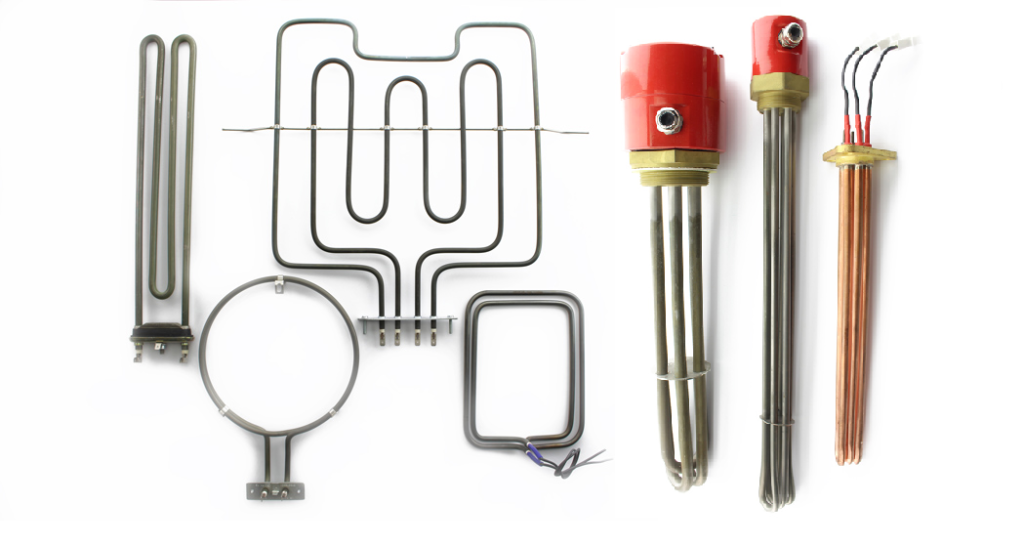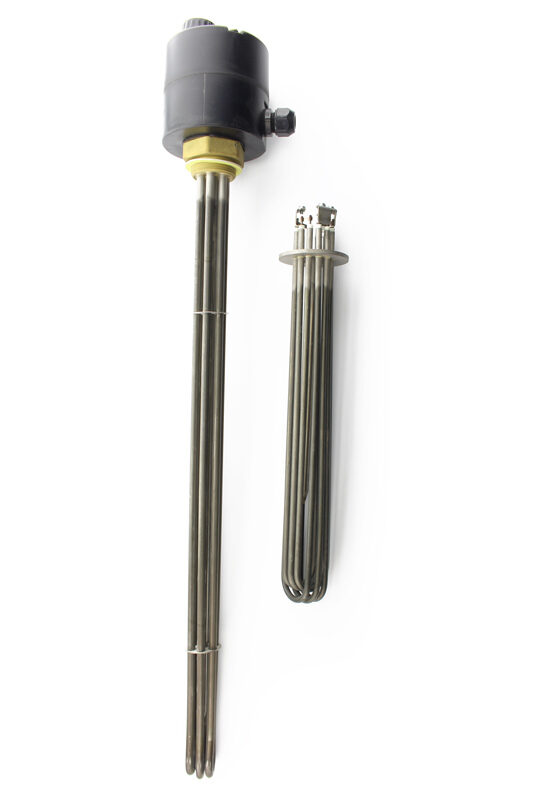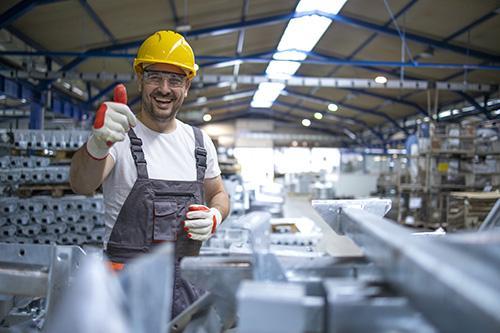
Choose equipment adapted to your uses and needs
It is important to choose the right heating elements as this can affect the performance and efficiency of the appliance in which it is used and can create a potential damage or hazard. That's why EuroSensors experts are at your disposal to help you find the best solution to your needs.
We put our more than 10 years of experience at your service to offer you the most suitable equipment and service from our wide range of products.
Our heating elements
Heating collars
Electric band heaters work by using electrical resistance to produce heat.
Armored resistance
An industrial armored resistance heater is used in industrial equipment to convert electrical energy into heat.
Soapstone resistors
The soapstone resistor is a heating component made from a mineral material that is resistant to heat and corrosion.
What is the role of a heating element?
A heater is a type of heating device that uses electricity to produce heat. The electrical heating resistor consists of a conductive material, usually resistance wire, which is wrapped around an insulating support. When supplied with electric current, the resistor generates heat by passing current through the resistance wire.
This heat can be used to heat the air or other fluid that circulates around the heater. They can also be used to maintain substances at a constant temperature in containers such as incubators and thermostats.


What are the different types of heating elements?
There are several types of heating elements including:
Wire elements Made from metal wires wound around a ceramic or ceramic fiber support.
Tubular elements Tubular elements: made from metal tubes filled with resistant materials such as nickel-chromium or aluminum.
Ceramic elements Made of conductive ceramic materials, these elements are used in high temperature applications.
Film elements Made from thin films of conductive materials, these elements are used in precision and high power applications.
Sheet metal elements Made from metal sheets, these elements are used in medium power applications.
What is the resistance in an electrical heating circuit?
The resistance in an electrical heating circuit is the measureexpressed in ohms (Ω), of the difficulty a conductor has in passing an electric current when used to produce heat. She is influenced by several factors such as the conductor material, its length, its section and its temperature. It is important because it can affect the amount of heat produced and the performance of the device in which it is used.
For example, a copper conductor generally has a lower resistance than an aluminum conductor, because copper is a better conductor than aluminum. Also, a longer conductor will have a higher resistance than a shorter one, because there is more material through which the current must flow.
How to choose a heating element?
There are several factors to consider when choosing a heating element for a given project:
1
Operating temperature
2
Power
3
Size and shape
4
Lifetime
5
Corrosion resistance
Do you have questions about a product or need support for your business?
For which fields of application
Our thermistors are used in many sectors of activity. Here are some examples of industries that use them:

Aeronautics/space


Agri-food


Automotive


Medical


HVAC

EuroSensors manufacturing
Benefit from complete and quality services, from the definition of your needs to the delivery of your equipment
At Eurosensors, we constantly strive to provide our customers with quality products at the cutting edge of technology. Every expert in our factory takes great care to manufacture products that meet our quality standards, which have made our reputation for over 10 years.
European manufacturing
ISO 9001 certification
Expert advice
Warranty & Service

A project? A quote?
We respond as soon as possible
